
This logo isn't an ad or affiliate link. It's an organization that shares in our mission, and empowered the authors to share their insights in Byte form.
Rumie vets Bytes for compliance with our
Standards.
The organization is responsible for the completeness and reliability of the content.
Learn more
about how Rumie works with partners.
Have you ever struggled with making a decision?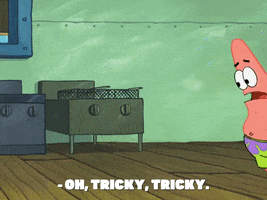
The IDEAL method is tool to help you look at a situation objectively, identify the problem, explore possible solutions, and evaluate their effectiveness.
Use IDEAL in your work or personal life to reduce the emotion in decision making and focus on action!
What Is IDEAL?
I - Identify it (What is the problem? What decision needs to be made?)
D - Define it (Why is this a problem? What is the desired outcome?)
E - Explore solutions (How can you solve it?)
A - Action (Execute the chosen strategy!)
L - Look back (What did you learn? Was it effective? What could you change?)

Did you know?
This Is Jovan
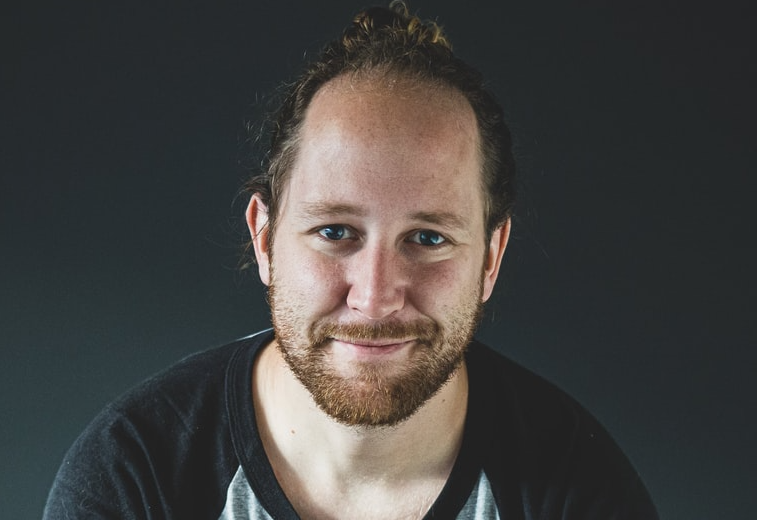 Jovan has been laid off due to COVID-19 and needs to ensure he still has an income.
Jovan has been laid off due to COVID-19 and needs to ensure he still has an income.
Let's go through the steps of IDEAL as an example!
Identify The Problem
Ask yourself what it is that needs to be solved or accomplished.
Can it be fixed or improved?
Is it a real problem, or a symptom of a bigger problem?
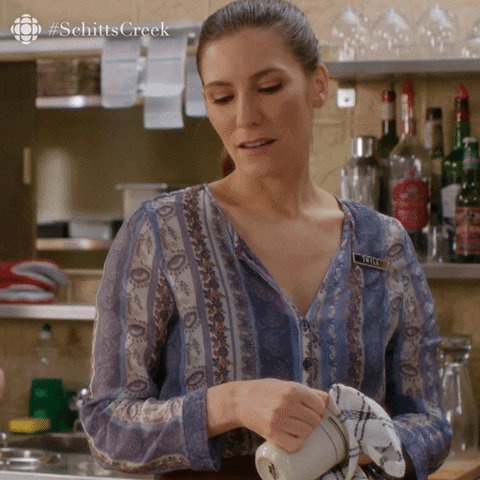
Consider Jovan's scenario. His problem is real and he needs to address his income loss due to being laid off.
Define The Problem
This step is similar to Identifying the problem, but seeks to explain why it's a problem.
What is at stake?
How will you be affected?
What would you like to accomplish?
What is in the way?

Back to Jovan's scenario, he identified a problem after losing his job due to COVID-19.
This is a problem because:
He needs money to survive. He needs to pay rent, buy food, and other essentials.
There aren't as many alternative job opportunities because of COVID-19.
He is still young and doesn't have a lot of savings.
Explore Possible Solutions
Brainstorm possible solutions by:
Making a list.
Drawing a mind-map.
Researching options online.
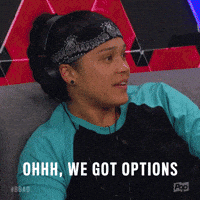
Jovan could:
Explore government funding available in his country for people affected by COVID-19.
Determine his non-essential expenses.
Ask his family for support.
Find supportive outlets that offer food and essentials to people in need.
Look for a new job, considering all options such as working from home/part-time.
Quiz
Jovan's friend Nicole wants to dine out more often but has severe allergies to many common foods. She gets nervous eating at restaurants. Which option would Jovan NOT advise her to consider in the "explore" step of solving her problem?
While it would certainly help with avoiding contact with food she is allergic to, avoiding restaurants does not solve Nicole's problem of wanting to go to restaurants but feeling uncomfortable. The other answers are all potential strategies to explore and could help ease her anxiety toward dining out, without avoiding going out altogether.
Did you know?
Act On The Decided Solution
After weighing the pros and cons of each potential solution, choose the best strategy to execute.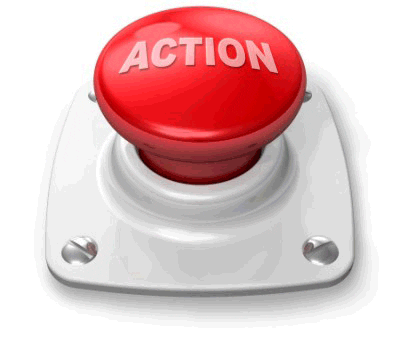
In Jovan's scenario, he would likely benefit from more than one potential solution.
He doesn't want to rely on family support until he has tried other options, and could first:
Apply for any government assistance programs he is eligible for.
Apply to new job postings even if there aren't as many options available.
Stop spending money on things that aren't essential.
Look Back
Evaluate your strategy:
Did it work?
Did you achieve the desired outcome?
Is there still a problem?
Could you improve your strategy?
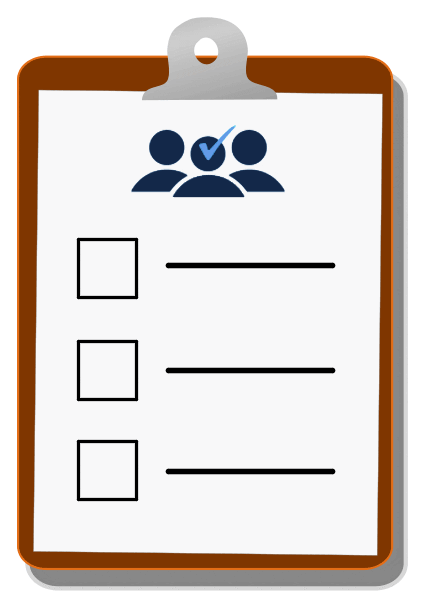
Jovan has applied for government assistance and new job opportunities.
If he is able to supplement his previous income sufficiently his strategy would be successful. If not, he might need to return to the "explore" step and consider alternatives.
Take Action
Is there a tough decision you've been delaying?
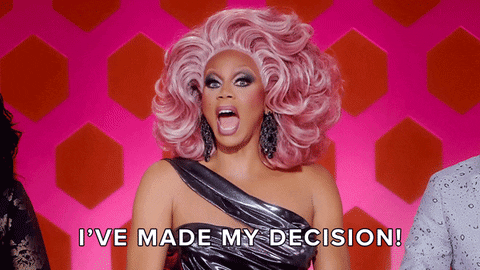
This Byte has been authored by
Laura Davidson
MBNA Client Service Officer at TD Bank